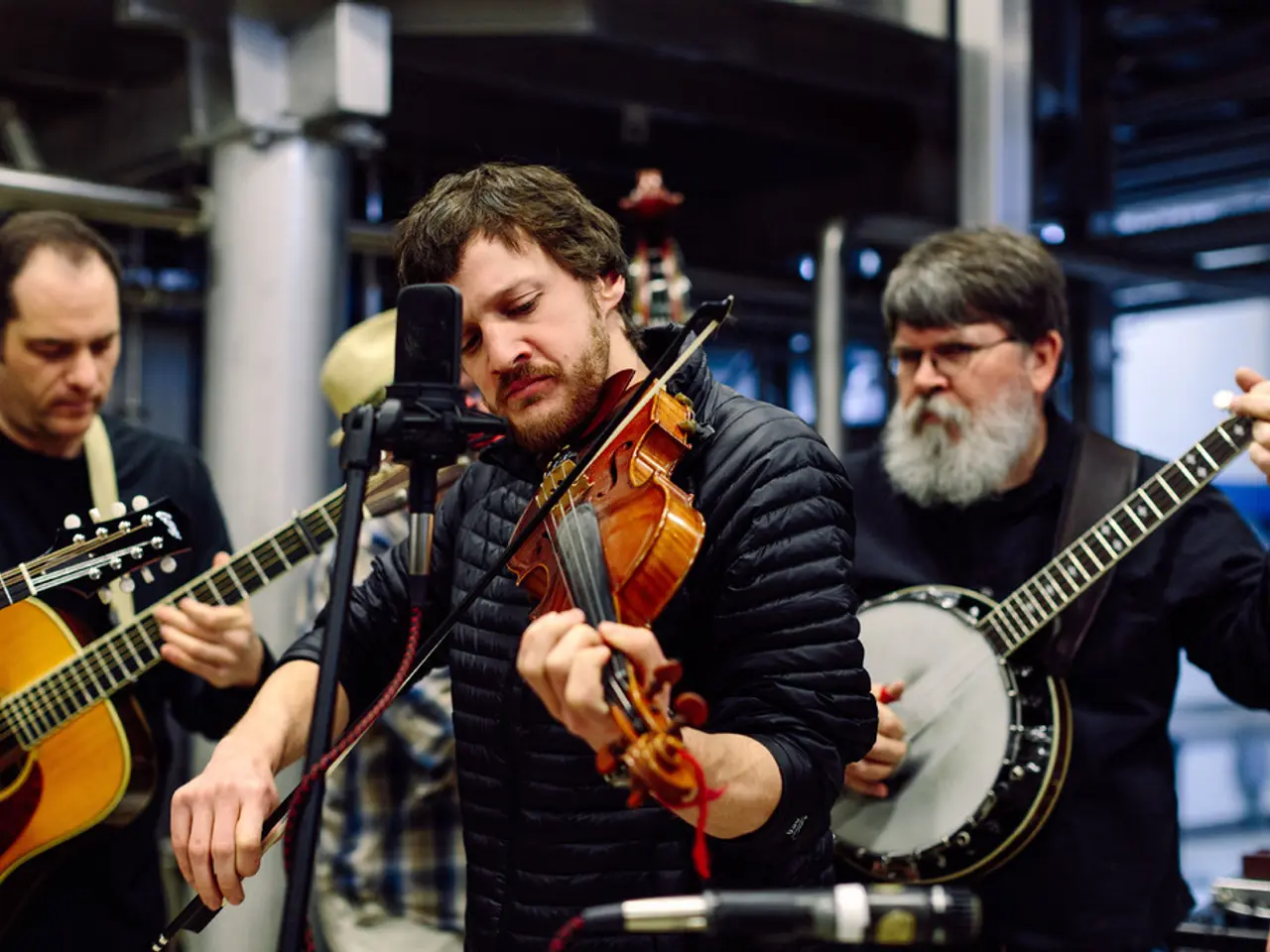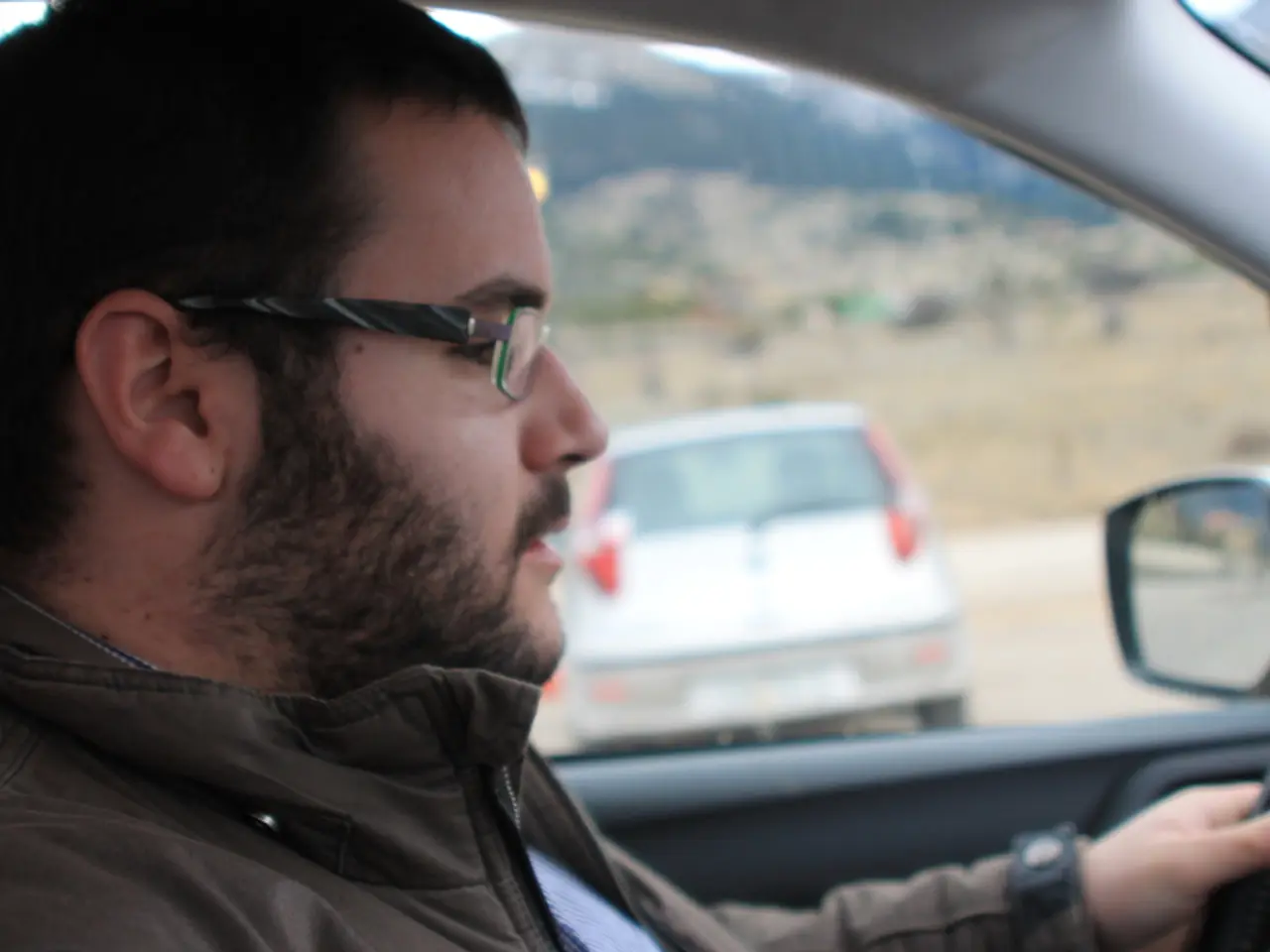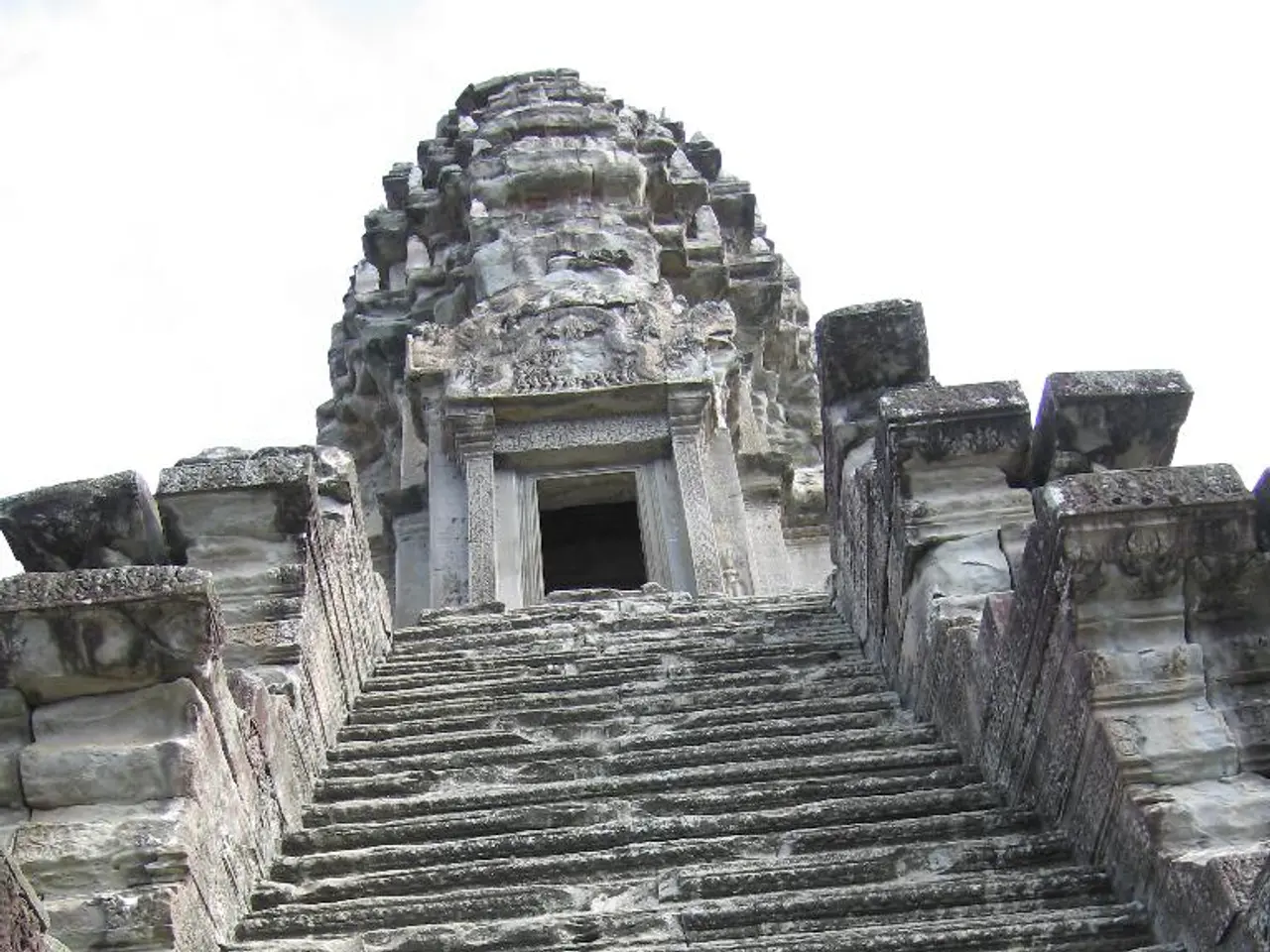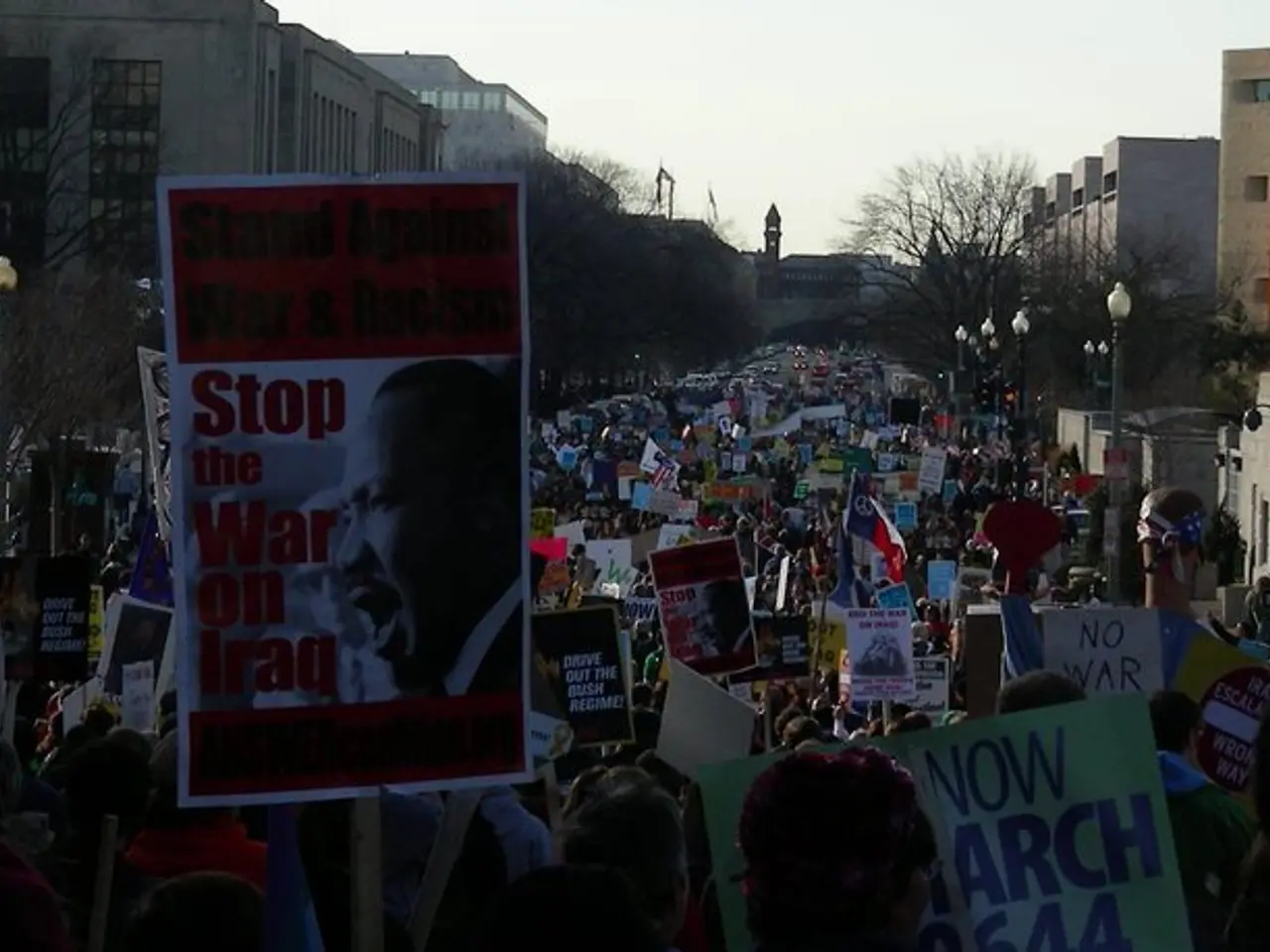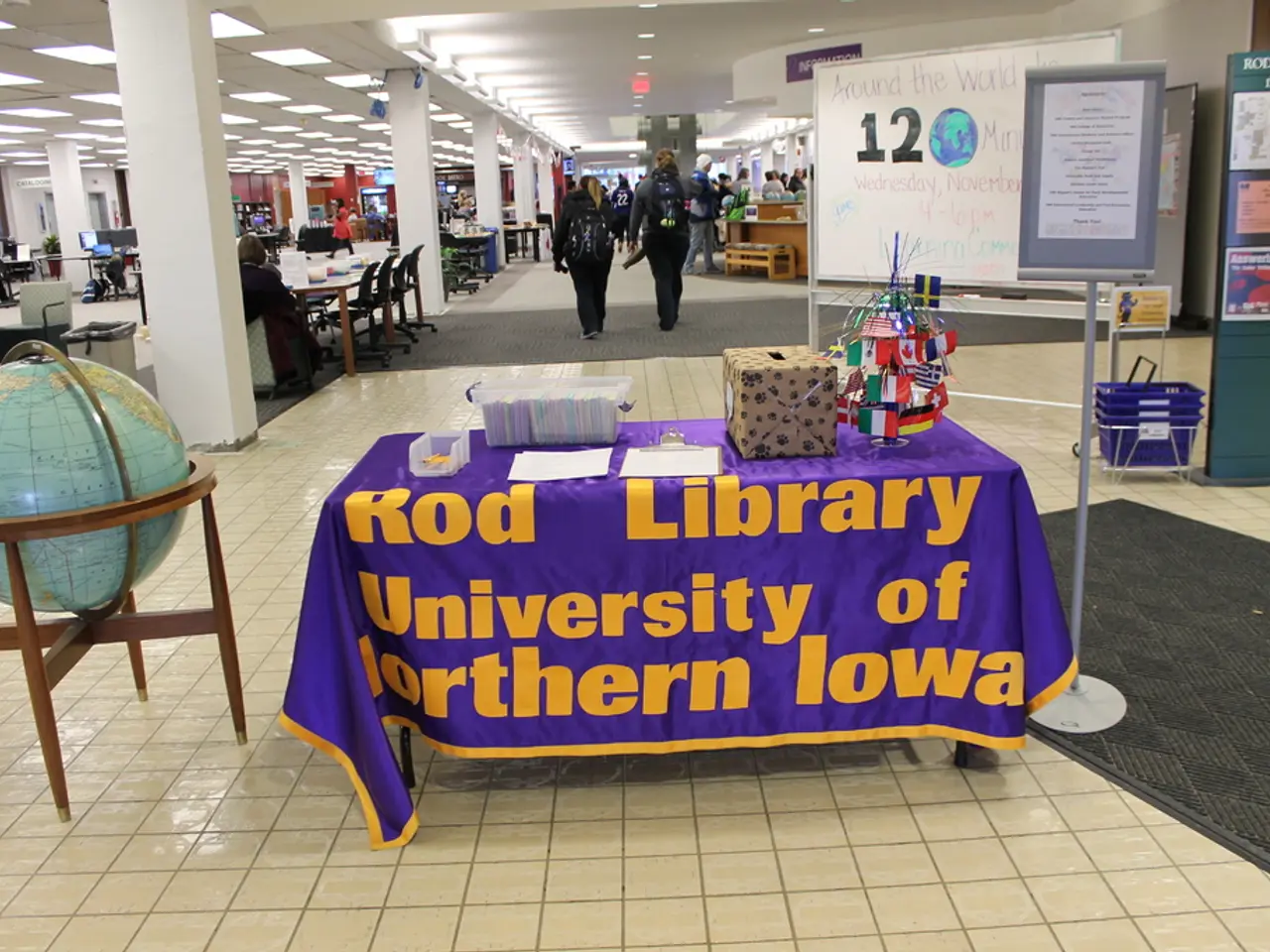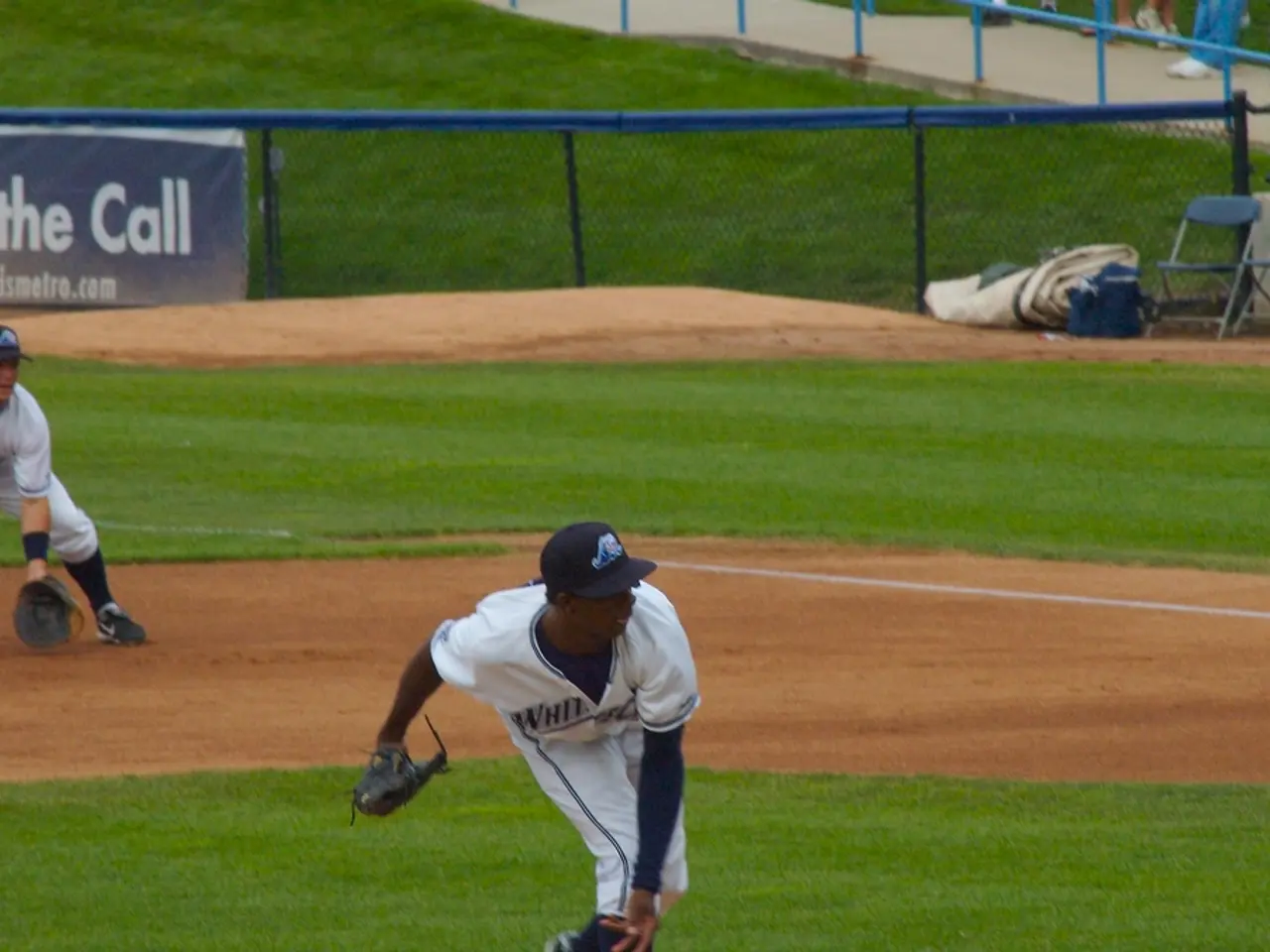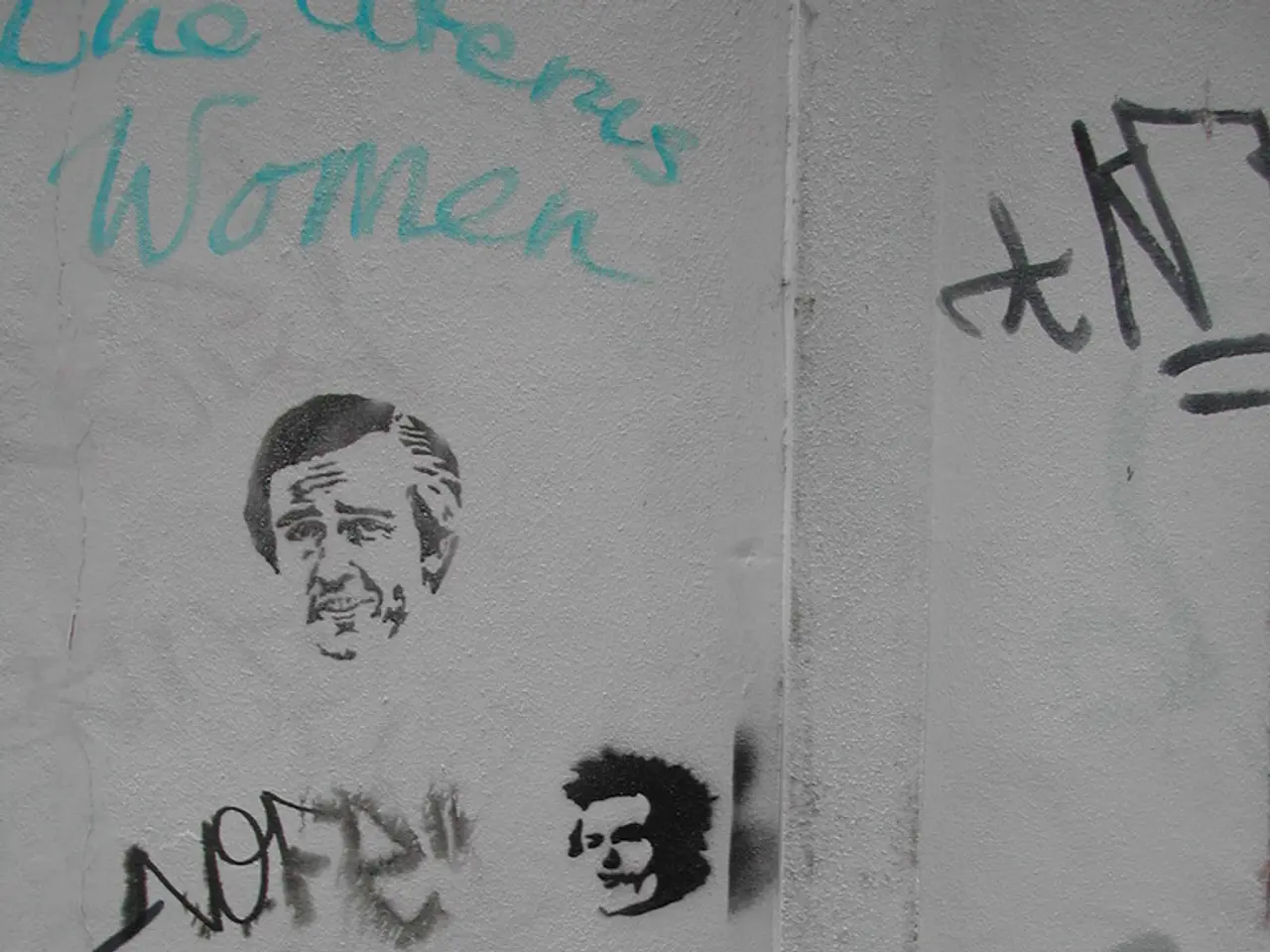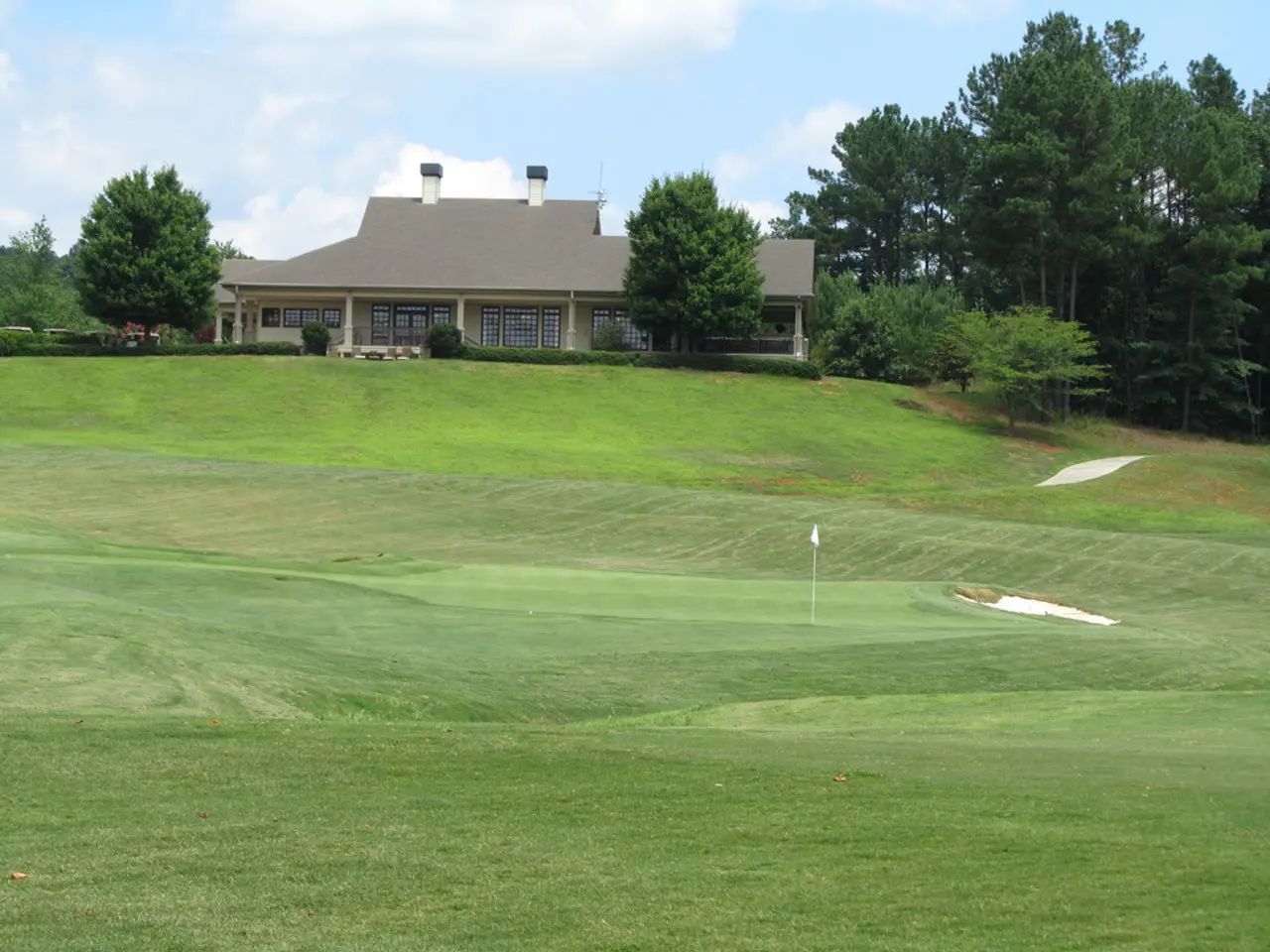Exploring the Artistry of Baroque Music through Historical Performances
In the 17th and 18th centuries, Western classical music underwent a remarkable transformation, known as the Baroque period. Key composers of this era, such as Johann Sebastian Bach, Claudio Monteverdi, Heinrich Schütz, and Alessandro Scarlatti, left an indelible mark on music history.
Bach, often hailed as the greatest Baroque composer, is renowned for masterpieces like the Brandenburg Concertos, Mass in B Minor, St. Matthew Passion, and numerous fugues and cantatas. His sophisticated use of contrapuntal techniques and revolutionary approach to harmonic organization continue to captivate audiences today.
Monteverdi, on the other hand, was a pioneer in religious music, blending older Renaissance polyphony with innovative Baroque styles. His works, including "L'Orfeo" and "L'incoronazione di Poppea," are central to understanding his enduring influence in opera and music in general.
Schütz was instrumental in incorporating Italian styles into German music, while Scarlatti formalized opera structures, developed the da capo aria, and enhanced cantata and operatic recitative forms.
Baroque music is characterised by several distinctive styles and innovations. The use of basso continuo, a continuous bass line underpinned by instruments such as cello and harpsichord, was widespread. Concertos, both religious and secular, emerged as forms with contrasting groups of instruments or voices, exemplified by the solo bass continuo plus choir settings.
Opera as a dramatic vocal form also flourished during this period, with overtures and recitatives becoming common. Important vocal forms included the cantata, oratorio, and passion, often structured around alternating recitative and aria sections. Instrumental music advanced in complexity and expressive range, with the use of fugue, suite, and concerto grosso forms becoming prevalent.
Antonio Vivaldi, a prominent figure in the Italian Baroque, epitomised this style with his virtuosic use of the violin and mastery of the ritornello form in concertos.
Baroque ensembles, such as Juilliard415 based at the Juilliard School in New York, Les Arts Florissants, and others, explore this rich repertoire on period instruments. These ensembles often tune to a lower pitch standard (A=415 Hz instead of the modern A=440 Hz) to better reflect the original sound of the music.
Directors or leaders of Baroque ensembles work closely with the musicians to shape the interpretation of the music, relying on a deep understanding of Baroque gestures, dance forms, and rhetorical devices. The use of vibrato, trills, mordents, and appoggiaturas in Baroque music requires performer discretion based on historical knowledge.
Historically informed performance challenges musicians and scholars to delve deeply into the history of musical interpretation, providing a profound connection to our musical past. It illuminates scores of bygone eras with both scholarly insight and vibrant new life.
Bach's "St. Matthew Passion" utilises the full spectrum of Baroque musical language, with dissonance, suspension, and resolution powerfully communicating the tension and release inherent in the passion story of Christ. His setting of scripture and liturgical texts in his sacred music directly enhances the narrative and theological significance.
Instruments such as the Baroque violin, harpsichord, and natural trumpet differ significantly from their modern counterparts. The use of these instruments in historically informed performances adds an authentic touch, transporting audiences back to the Baroque era.
Finally, George Frideric Handel developed the English oratorio, combining narrative depth with the grandeur of opera but without staging. This innovation, along with the other developments of the Baroque period, has left an indelible mark on Western classical music, shaping the way we understand and appreciate music today.
Photography and video recordings of Baroque ensembles performing music on period instruments depict the authenticity of the Baroque era, offering a glimpse into the history of Western classical music. These performances, often tuned to A=415 Hz, feature vibrato, trills, mordents, and appoggiaturas, proper uses of which require a deep understanding of Baroque musical languages.
The Baroque period marked a fusion of cultures in music, as composers like Bach, Monteverdi, Schütz, and Scarlatti absorbed elements from opera, religious music, and various dance forms. This cultural mix, combined with technological innovations such as the emergence of concertos and the incorporation of basso continuo, contributed to the distinct musical features of the Baroque style.
Today, entertainment and culture continue to celebrate the rich heritage of Baroque music, with opera houses, concert halls, and music festivals showcasing works from this epoch. The legacy of composers like Bach, Monteverdi, and Vivaldi has become part of our collective musical history, enriching various forms of modern music and artistic expression.
